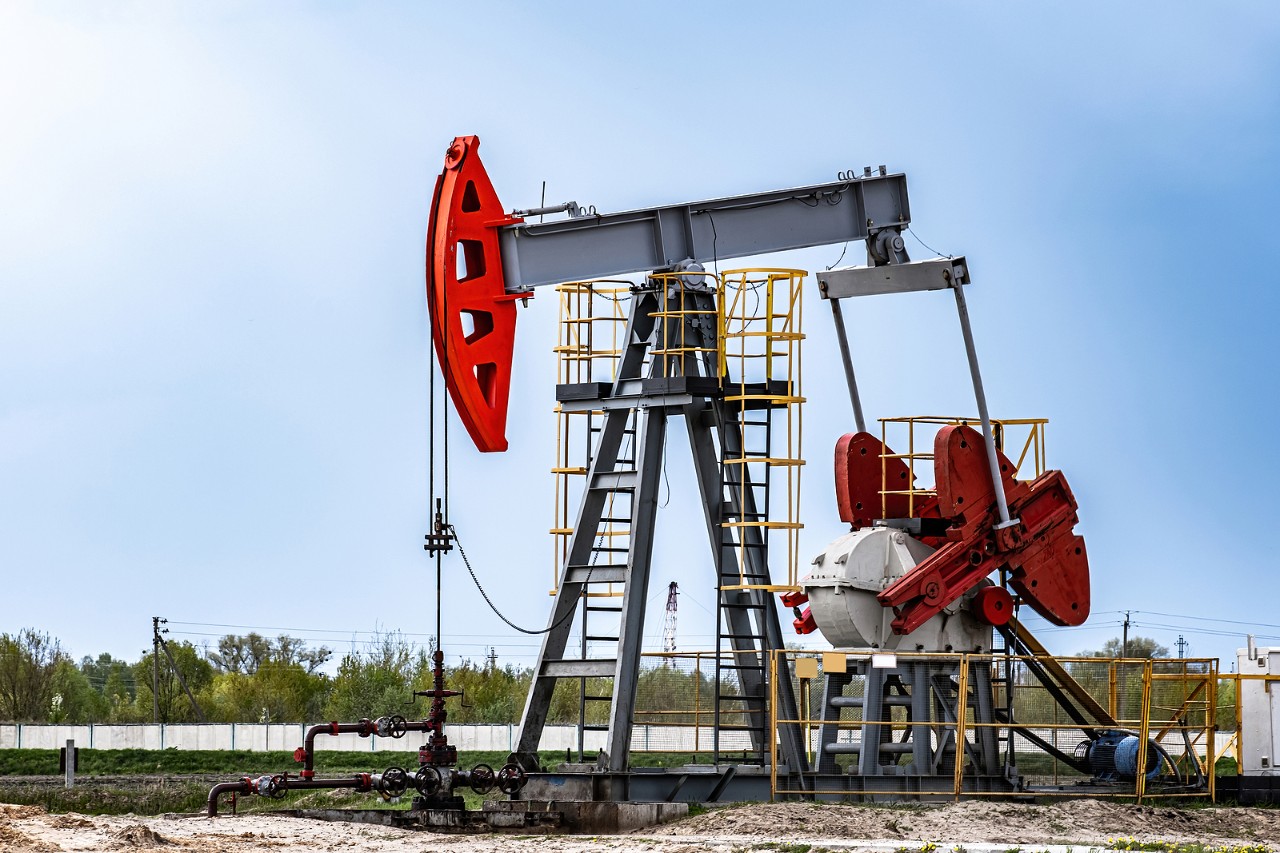State Revenue Volatility: Contributing Factors and Consequences
March 30, 2023

Tim Russell, Managing Director, Municipal Credit Research
After two years of large surpluses, California Governor Gavin Newsom announced in January a projected $22.5 billion budget deficit. This dramatic turnaround is in large part due to California’s tax collection system, which relies heavily on sources of revenue that are prone to fluctuations. This news comes as other states are experiencing budget surpluses, with Texas forecasting a record $32.7 billion budget surplus and New York reporting the state is $7.7 billion ahead of projections. While fluctuations in state revenue are somewhat expected, state tax and budget policies can contribute to volatility, which can ultimately compromise states’ overall financial health.
A recent report by the Pew Charitable Trust analyzed the topic of state revenue volatility, and it found that it differs across states largely due to the reliance on unique mixes of tax streams that fluctuate from year to year. Many of the factors impacting these individual tax streams are outside policymaker’s control, including industry mix, natural resources, work force and population growth. In the study, they examined the tax revenues from the 50 states for a 20-year period ending in fiscal year 2021 and assigned a volatility score. The average volatility score in the study was 6.2. The study showed:
- Alaska (35.7), North Dakota (17.5) and Wyoming (13.1) had the highest volatility scores. The common denominator between them is the heavy reliance on severance taxes, which are taxes associated with natural resource extraction commonly used in oil and natural gas rich states.
- South Dakota (2.8), Maryland (3.2) and Kentucky (3.3) had the lowest volatility scores. The common denominator among these states is their reliance on more stable revenue streams, such as sales and income taxes.
- Severance tax followed by corporate income tax were the most volatile revenue streams. Broad-based personal income tax and sales tax were the least volatile revenue streams.

States with more volatile revenue streams have taken steps to stabilize their finances over time. This includes policies restricting spending from volatile sources, allowing expenditures to be reduced quickly, and the use of rainy day funds to build up reserves to prepare for future economic downturns. States with higher revenue volatility tend to have larger rainy day fund balances. The median rainy day balance for states is 11.9% of expenditures. As shown in the rainy day chart below, the three states with the highest revenue volatility (AK, ND, WY) also have three of the highest rainy day fund balances (49.8%, 29.5%, 103.2%). .

While a state’s credit quality is based on numerous factors, comparing the volatility of revenues and rainy day reserves demonstrates a clear trend. The states with above-average revenue volatility that have taken steps to offset this weakness have been able to maintain ratings in line or close to states with more stable revenues. Recognition of these weaknesses by policymakers and maintaining discipline toward building reserves is key to long term credit quality.